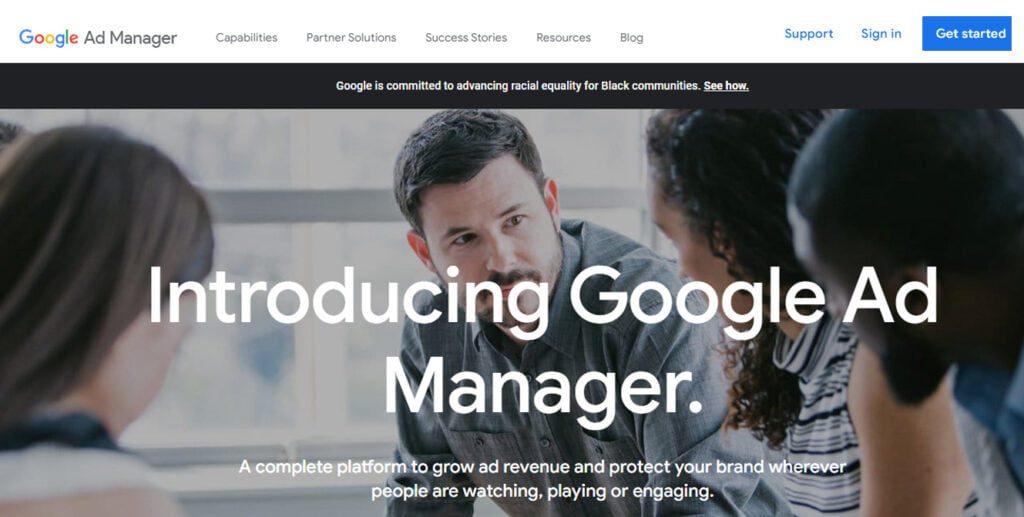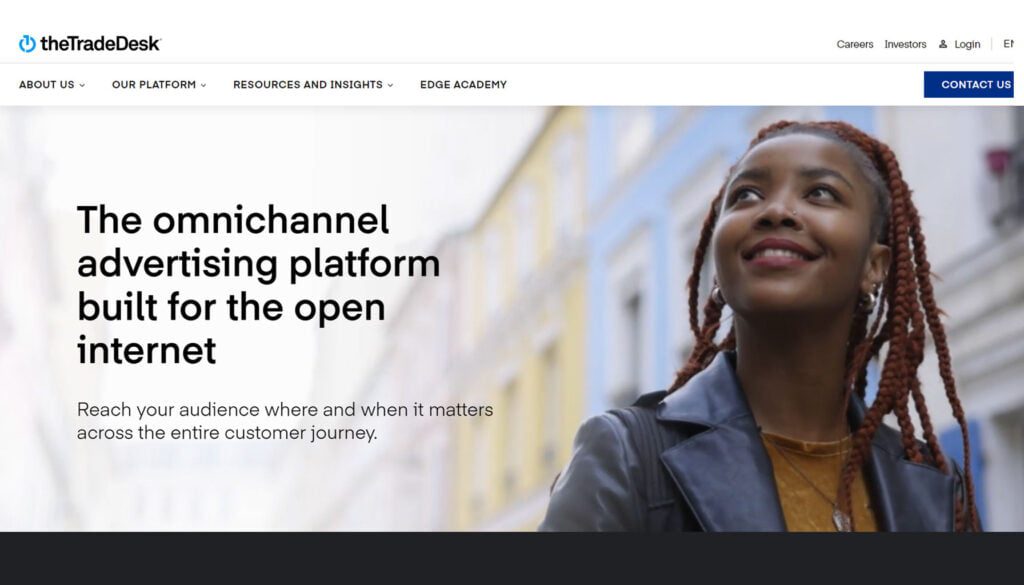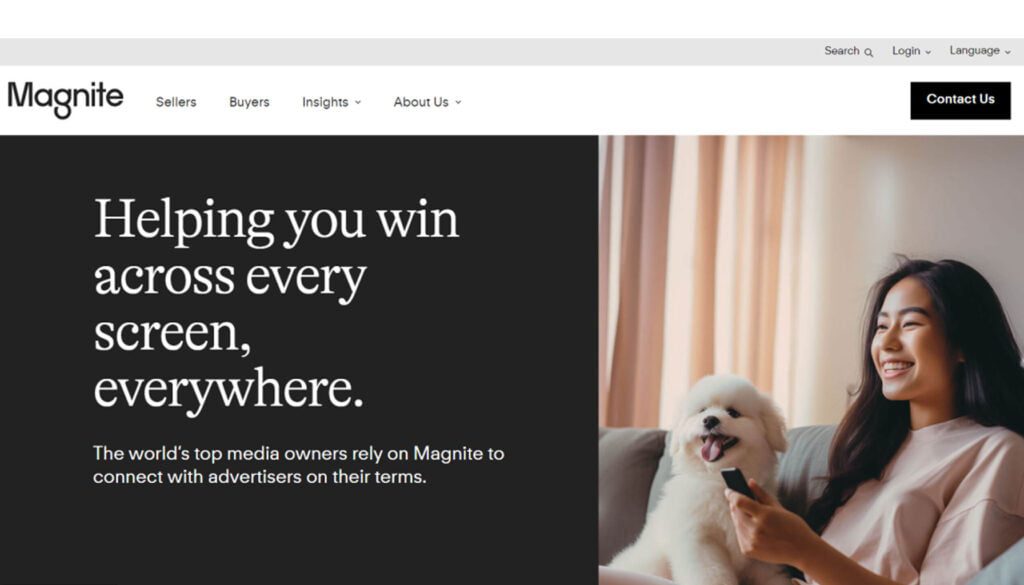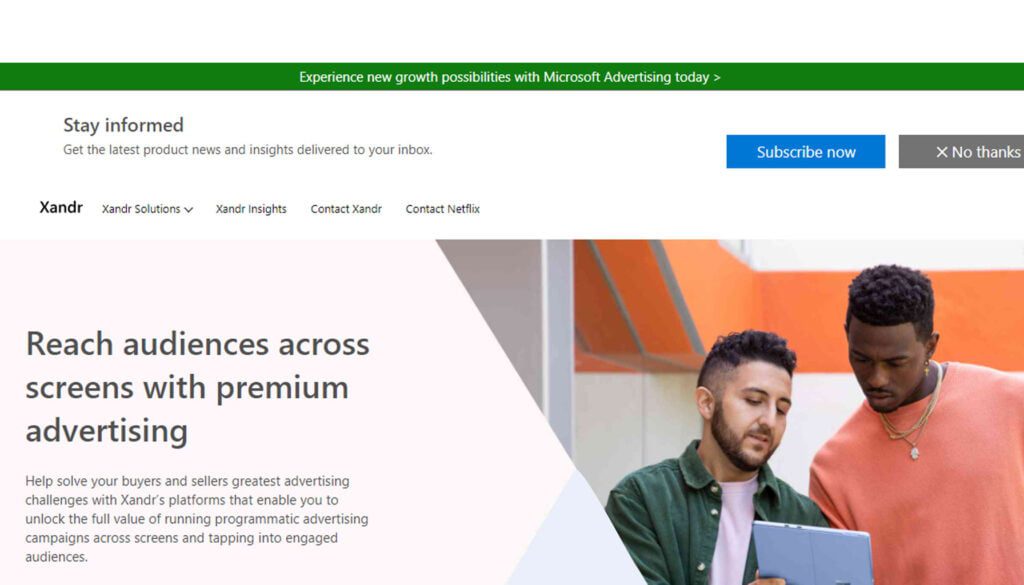Ever wonder how those internet ads seem to follow you around, perfectly aligned with your interests? Relax, it’s not a conspiracy! Programmatic advertising platforms are the secret behind this targeted approach.
These platforms use automation to streamline the buying and selling of digital ad space, connecting advertisers with potential customers across the web. This efficient system is revolutionizing marketing, allowing advertisers to maximize their ad spend and reach their target audience with laser precision.
Understanding Programmatic Advertising
Prior to comprehending programmatic advertising, it is vital to possess a broad comprehension of the digital media buying environment. Digital media purchasing involves the active process of selecting and acquiring advertising time and space on digital platforms such as websites and social networks.
Three categories exist for purchasing digital media.
“Bidding manually on ad inventory and maintaining bids via an ad exchange, such as Google Ads, constitutes ‘manual buys.'”
“Referring to the process of directly negotiating run periods and ad rates with an advertiser’s ad platform, such as WebMD, as a ‘direct buy.'”
The term “programmatic buy” describes the practice of automating media purchasing on demand-side platforms (DSPs) using algorithm-enabled bidding and artificial intelligence (AI).
How does programmatic advertising work?
Digital ads are bought and sold through the use of advertising technology, or programmatic advertising platforms. Through automated processes, programmatic advertising provides audiences with appropriate ad impressions in less than a second.
5 amazing programmatic advertising platforms to use
1. Google Ad Manager (GAM)

A programmatic advertising tool called Google Ad Manager is aimed at major publishers who bring in a lot of money and traffic. It gives publishers cutting-edge resources to maximize and manage ad revenue. Publishers may optimize their ad inventory and precisely target consumers, while advertisers can place real-time bids for premium ad slots.
Additionally, the Google ad exchange network offers dynamic allocation and automated optimization, which let publishers effectively distribute ad spots to various demand sources and advertisers modify campaigns depending on KPIs like cost per action or click.
With the help of this all-inclusive platform’s uniform pricing guidelines, publishers may maximize their return on ad impressions by setting bidding parameters for potential purchasers.
Key Features
- Complete ad revenue engine
- Access to real-time reporting of audience data
- Automated optimization based on performance metrics
- Dynamic allocation to maximize yield
Requirements
- Hold both an active AdSense account and a Google account.
- Fulfill the monthly payment minimum balance requirement of $100.
- Fulfill any additional requirements for employing Display & Video 360, such as maintaining an up-to-date website with high-quality material.
- Adhering to any applicable legal constraints.
2. The Trade Desk

Advertisers and agencies use The Trade Desk, a top independent demand-side platform (DSP), to handle programmatic advertising campaigns across several channels. Below is a summary of its attributes and prerequisites.
Feature
- Deep data analysis for advertising precision.
- Cross-device targeting using first-party data.
- Oversee campaigns for display, video, audio, and connected TV (CTV) across an extensive network of exchanges and publishers.
- With precise targeting choices based on interests, behaviors, and demographics, as well as cross-device monitoring capabilities, you can reach the correct audience.
Requirements
- Although the interface is easy to use, it helps to have some knowledge of programmatic advertising principles such as ad buying methods and real-time bidding (RTB).
- The Trade Desk may have minimum spending limitations because it serves agencies and big marketers.
- Advertisers may need to use data partners or merge their own data sources in order to achieve advanced targeting.
- Campaign management using programmatic methods demands constant work and knowledge.
3. PubMatic

Leading Sell-Side Platform (SSP) PubMatic was created to assist publishers in maximizing their programmatic advertising revenue. These are some of its characteristics and prerequisites.
Features
- Integrate header bidding to receive bids from multiple ad exchanges simultaneously, increasing competition for your ad inventory and potentially driving higher CPMs (cost per mille).
- Create private marketplaces to connect with specific advertisers or agencies, offering more control over who can bid on your ad inventory.
- Ecosystems are built for scalability and flexibility.
- custom advertising tactics to fulfill your unique requirements
Requirements
- Setting up and maintaining PubMatic requires some technical know-how, particularly for more complex features like header bidding.
- To fully realize the potential of the platform, publishers with a reasonable amount of ad inventory may find that PubMatic is a better fit.
- The majority of the content needs to be informative, with very little advertisement.
- Publisher properties need to achieve a minimum of 60 points overall on NewsGuard.
4. Magnite

Before combining with Telaria, Magnite was known as the Rubicon Project. It offers a digital advertising platform that aids in the management and optimization of programmatic advertising campaigns for publishers and advertisers. It provides a range of options to make the automated, data-driven buying and selling of digital advertising inventory easier.
Magnite’s dedication to making digital advertising less complicated lies at the heart of its offerings. Publishers can access real-time auction transactions, programmatic guaranteed (PG), and private marketplaces (PMP) through its platform.
Feature
- Make use of Magnite’s targeting features to connect with particular audiences according to their interests, behaviors, and demographics.
- Using comprehensive reporting and analytics tools, you may learn more about the income, audience demographics, and campaign performance.
- Use Clearline to access premium video inventory.
- Ad pod management for optimal inventory
Requirements
- No encouragement of unlawful activity or breaking of the law
- No content or intellectual property may be used without permission.
- Magnite integration may require more resources, depending on your current ad tech setup.
- Data analysis abilities are necessary to comprehend metrics and make defensible conclusions when analyzing Magnite’s reports to optimize campaigns.

Microsoft’s programmatic ad exchange platform Xandr facilitates the buying and selling of digital advertising, aiming to enhance efficiency. Publishers and advertisers appreciate this highly flexible platform due to its remarkable integration of identification solutions, data, and automated technology. It is especially beneficial for companies trying to reach target audiences on many screens.
Xandr stands out for its emphasis on video ads and its powerful audience analysis tools that provide publishers with important insights into the interests and preferences of their audience. Publishers may efficiently customize their ad campaigns to connect with their target audience and maximize return on investment by utilizing these insights.
Features
- Sell ad inventory through programmatic channels on a variety of platforms, such as display, video, mobile web, mobile app, and audio.
- Connect your ad tech stack to a variety of ad servers, supply-side platforms (SSPs), and other platforms.
- Thorough analytics to gauge the success of campaigns.
- Global premium advertising marketplace
Requirements
- Xandr caters to publishers of all sizes, but publishers with a larger ad inventory volume might see a greater advantage from the platform’s capabilities, especially data-driven targeting.
- Depending on your existing ad tech setup, additional resources might be required to integrate Xandr seamlessly.
- The specification requirements must be followed when approving creative forms.
- In the US, political advertising is allowed, but more details, like state and local laws, are needed.
Why is programmatic advertising important?
Nowadays, digital advertising on websites accounts for the majority of all ad spending worldwide. Programmatic advertising will become more and more necessary as digital marketing continues to grow and establish itself as the major channel via which marketers connect with potential customers. This is because more and more people are looking for tools that will streamline the process of purchasing and selling digital ads.
Share this article with your network if you found it helpful!
Digital ads can be bought and sold automatically through programmatic advertising. It enables real-time bidding on ad space and connects publishers and advertisers through platforms. Google Ad Manager, The Trade Desk, PubMatic, Magnite, and Xandr are the five programmatic advertising platforms that are examined in this article. Selecting the platform that best meets your needs is crucial because each one has advantages and disadvantages of its own. For digital marketers, programmatic advertising is a developing area that is getting bigger and bigger.





